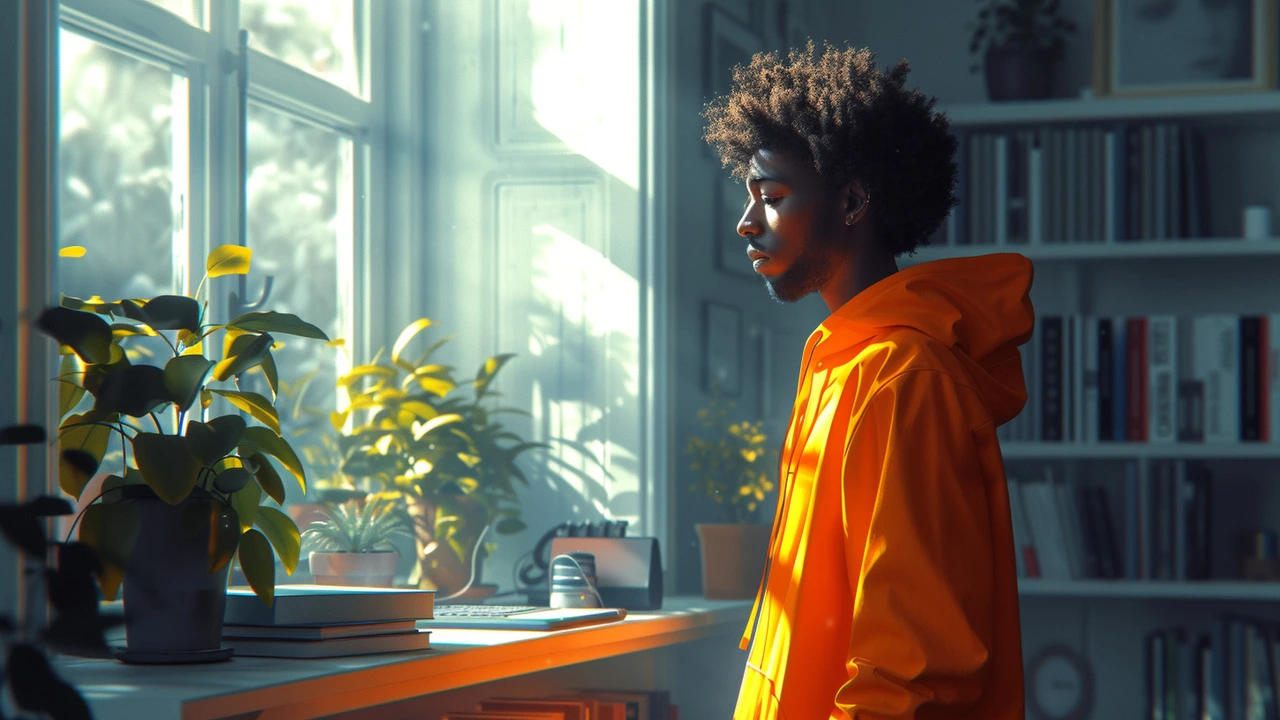Modern Abstract Art: What It Is, How to Read It, and How to Start
Some people call abstract art "just color and shapes." That’s a neat insult, but it misses the point: modern abstract art changed how artists think and how we look. It broke images down to mood, movement, and structure—so you can read a painting like you read a piece of music.
At its core, modern abstract art removes literal representation to focus on form, color, and gesture. Think of early 20th-century moves from Cubism and Constructivism to later waves like Abstract Expressionism and Fluxus. Each brought different ideas: some stressed geometry and order, others favored raw emotion and action. What links them is the aim to communicate without copying the outside world.
Understanding the basics
Start by looking at these four things when you face an abstract work: composition, color, texture, and scale. Composition tells you how elements relate. Color sets the mood—warm tones push forward, cool tones pull back. Texture reveals the artist’s method: heavy paint means energy or urgency; smooth planes suggest control. Scale matters: a huge canvas can feel immersive; a small piece asks for close attention.
Titles and context are useful clues. Some artists give descriptive titles that point you toward an idea or memory. Others use numbers to avoid guiding you. Either way, ask: what response does the work invite? Tension, calm, confusion, or curiosity are all valid reactions.
Practical tips: seeing, collecting, and making
If you want to see more clearly, change your distance. Stand back to feel the whole composition, then step closer to read brushwork and texture. Try viewing from different angles and under varied light—natural light reveals subtle colors better than harsh spotlights.
Want to collect? Start small and local. Buy a piece from an emerging artist or a limited-edition print. Check provenance and materials—acrylic on canvas is common and durable; paper works may need framing and acid-free backing. Keep receipts and artist contact info. If budget allows, ask the artist about care and framing recommendations.
Making abstract art? Limit your tools at first. Pick three colors and one or two brushes or palette knives. Block out big shapes, then build layers—let some layers dry before adding the next. Use gesture: quick marks capture motion, slow marks create tension. Photograph stages so you can compare versions and know when to stop.
Modern abstract art rewards repeat visits. A painting you shrug at today might feel honest and alive after a second look. If you want guidance, read articles on the tag below—there are pieces on Abstract Expressionism, Constructivism, Bauhaus, and modern techniques that help connect the dots. Keep looking, keep asking, and let what you feel guide what you collect or create.

